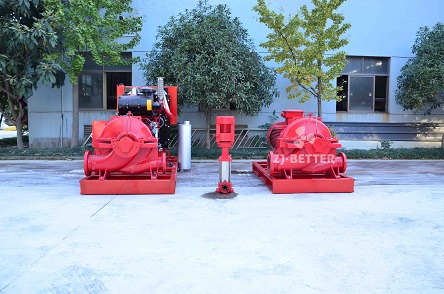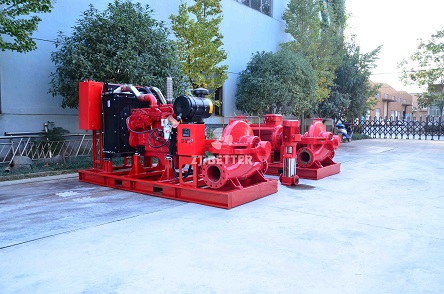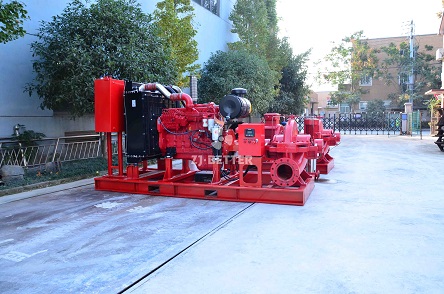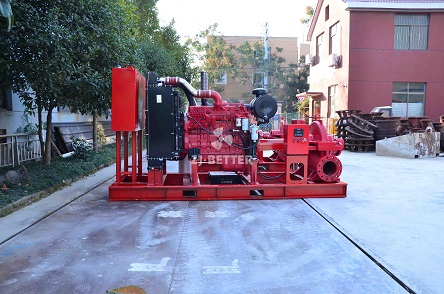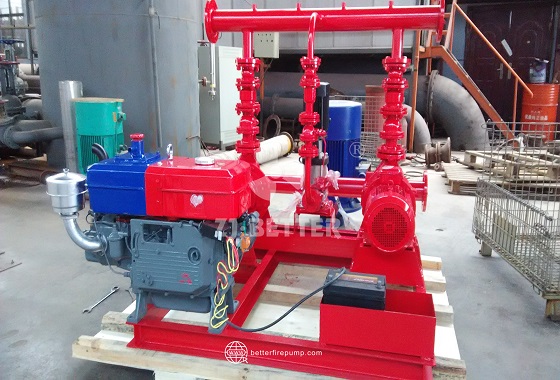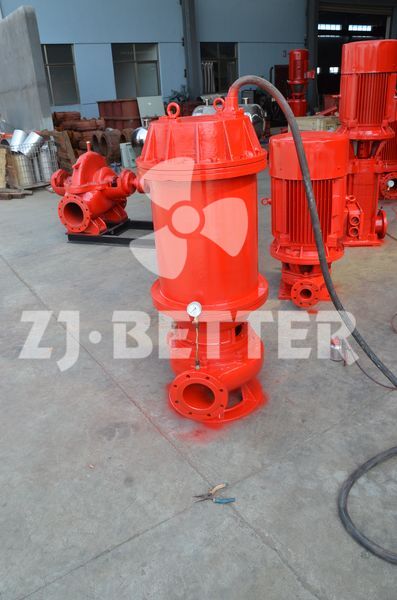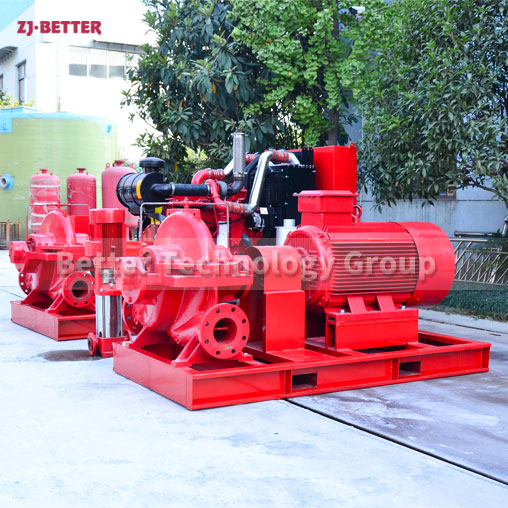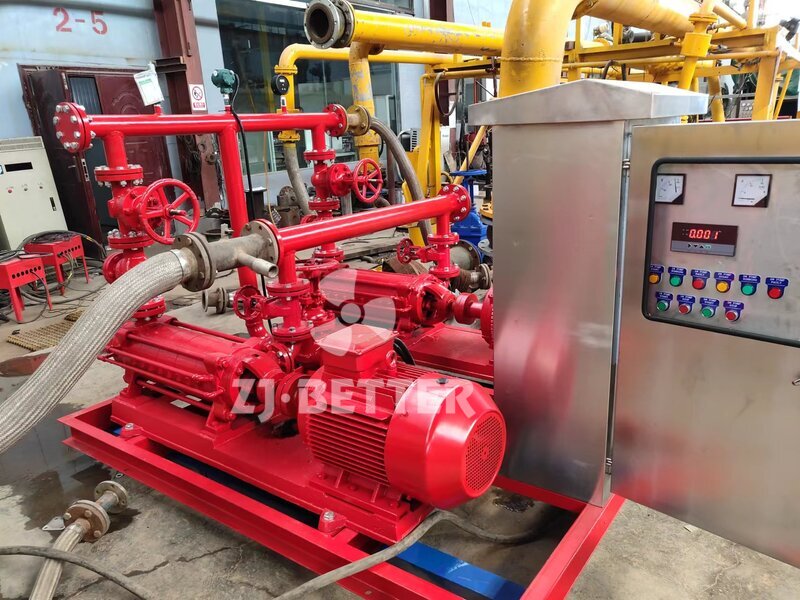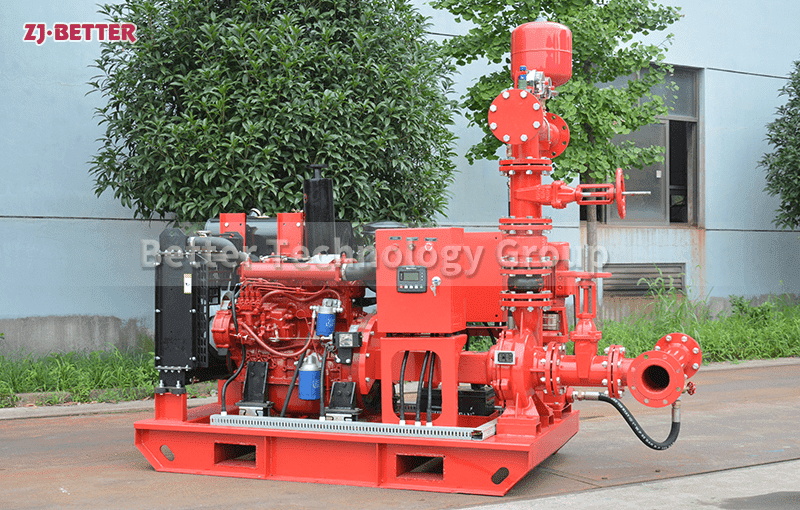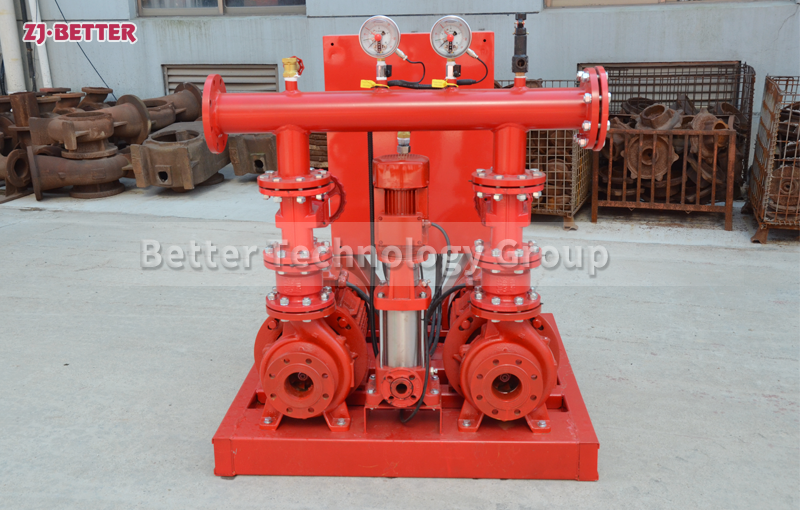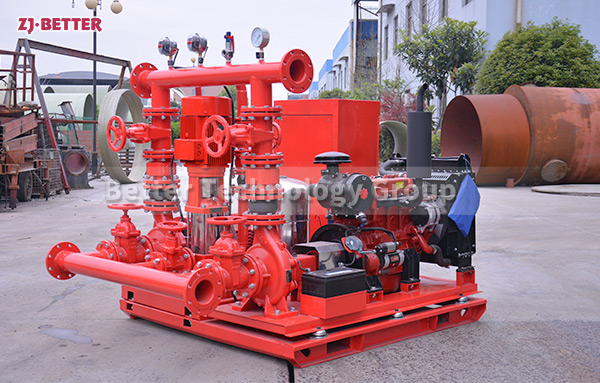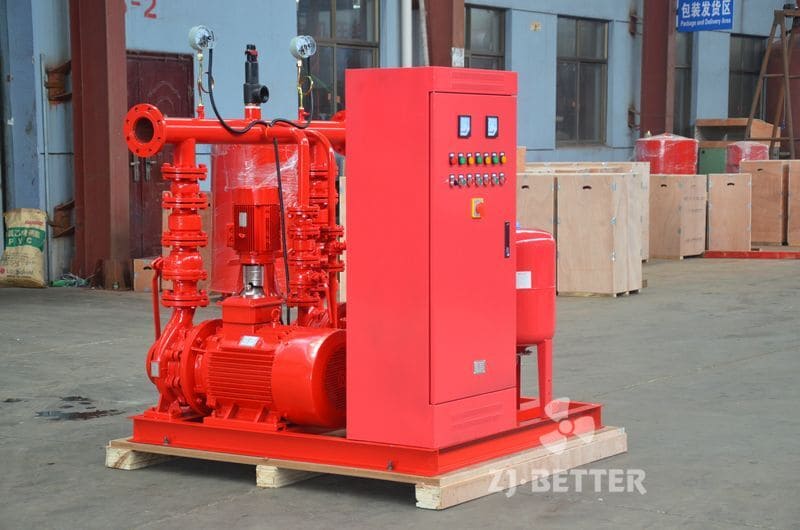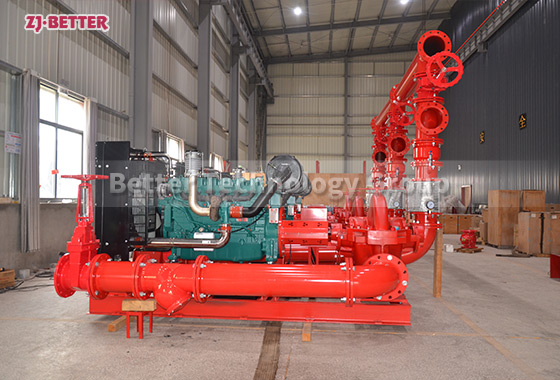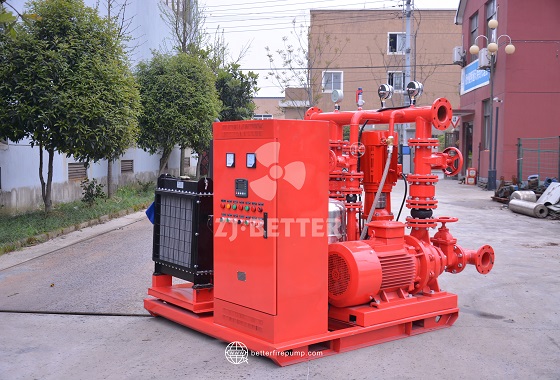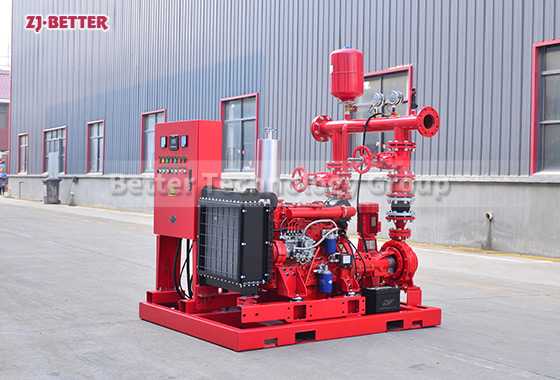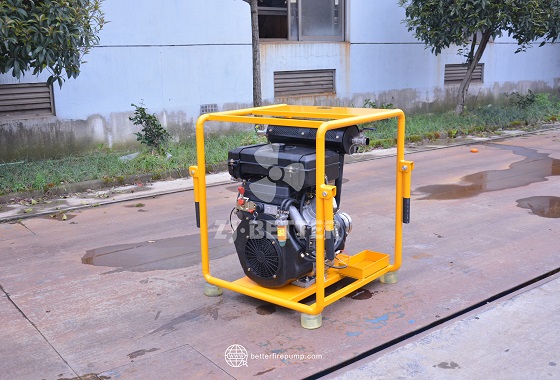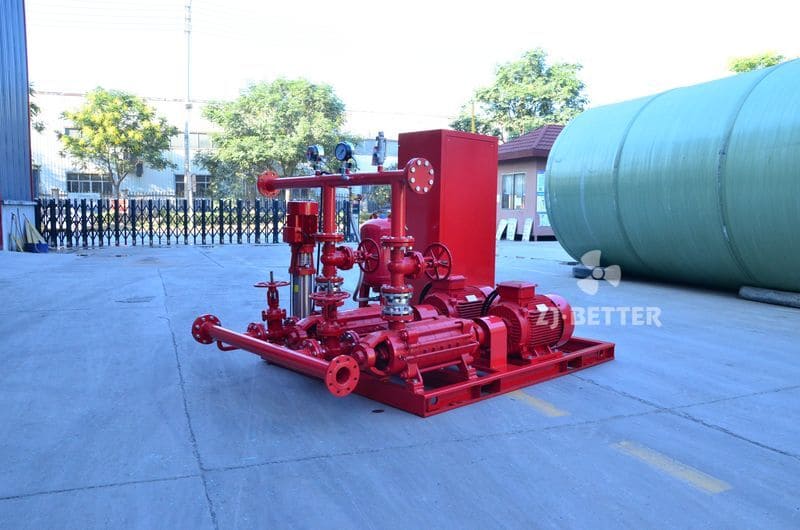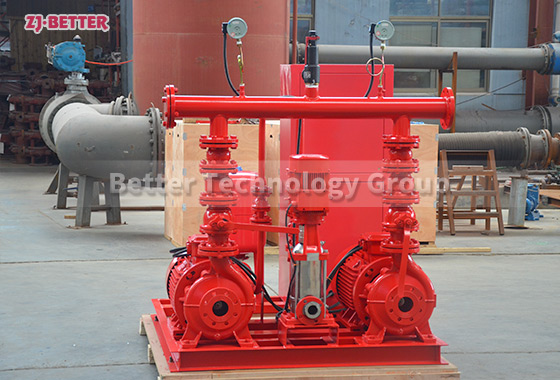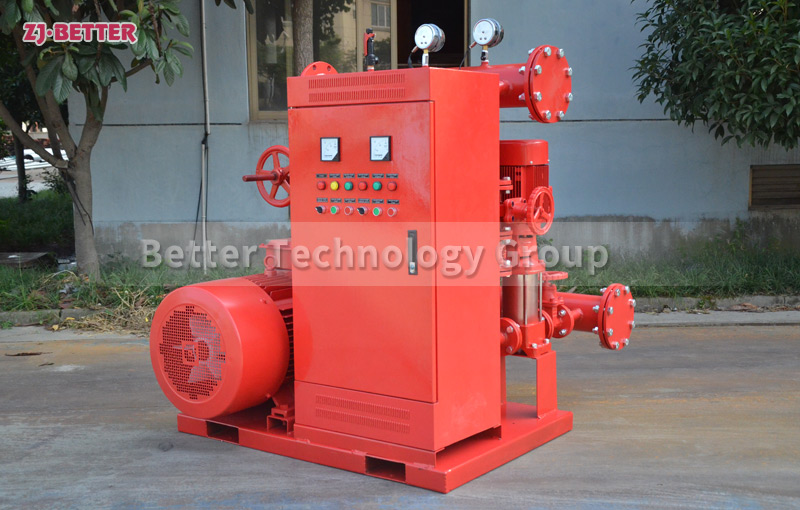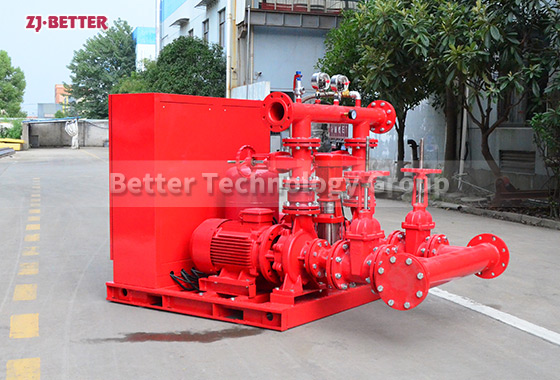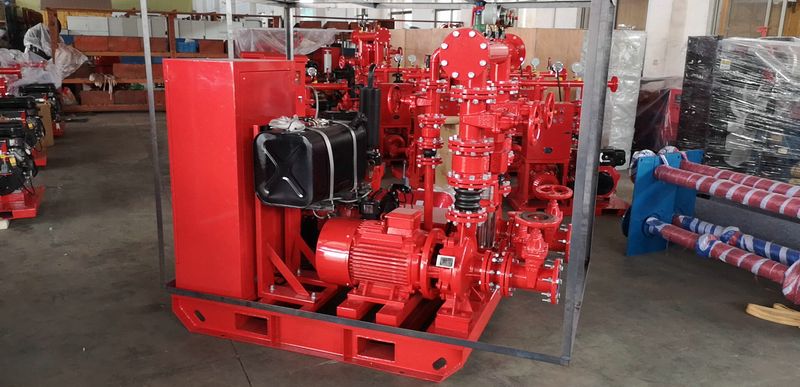How do fire pumps work?
Fire sprinkler systems are hydraulically calculated prior to installation to determine adequate water flow and in order to ensure the system can reliably suppress a fire until fire crews arrive. When it’s determined inadequate flow is available from a municipal supply for the system to operate effectively, a fire pump is installed. The fire pump operates when the sprinkler system pressure drops below a certain threshold, due to the operation of sprinkler heads. The fire pump draws additional water from the municipal water supply or on site storage tanks, to maintain the sprinkler systems required operating pressure. Fire pumps are often required in high rise construction and large area buildings, due to the size of piping systems and pressure loss.
Fire sprinkler systems are hydraulically calculated prior to installation to determine adequate water flow and in order to ensure the system can reliably suppress a fire until fire crews arrive. When it’s determined inadequate flow is available from a municipal supply for the system to operate effectively, a fire pump is installed. The fire pump operates when the sprinkler system pressure drops below a certain threshold, due to the operation of sprinkler heads. The fire pump draws additional water from the municipal water supply or on site storage tanks, to maintain the sprinkler systems required operating pressure. Fire pumps are often required in high rise construction and large area buildings, due to the size of piping systems and pressure loss.
Fire fighting pumps are one of the many examples of the uses of water pumps . Fire fighting pumps can be used in rural areas where it may be quicker for a homeowner to put out a fire than to wait for the nearest fire station crew to get to the scene. These pumps are therefore lifesavers and property savers. Because fire fighting pumps may need to be used anywhere within a relatively large swath of land, they need to be portable and easy to carry. For this reason, fire fighting pumps are often petrol water pumps. Petrol water pumps run off of petrol rather than electricity or diesel, the two other kinds of water pumps commonly used. Water will be taken by the pump from a source like a natural body of water or artificial water sources like a tank or pool and transferred to the fire for dousing.

